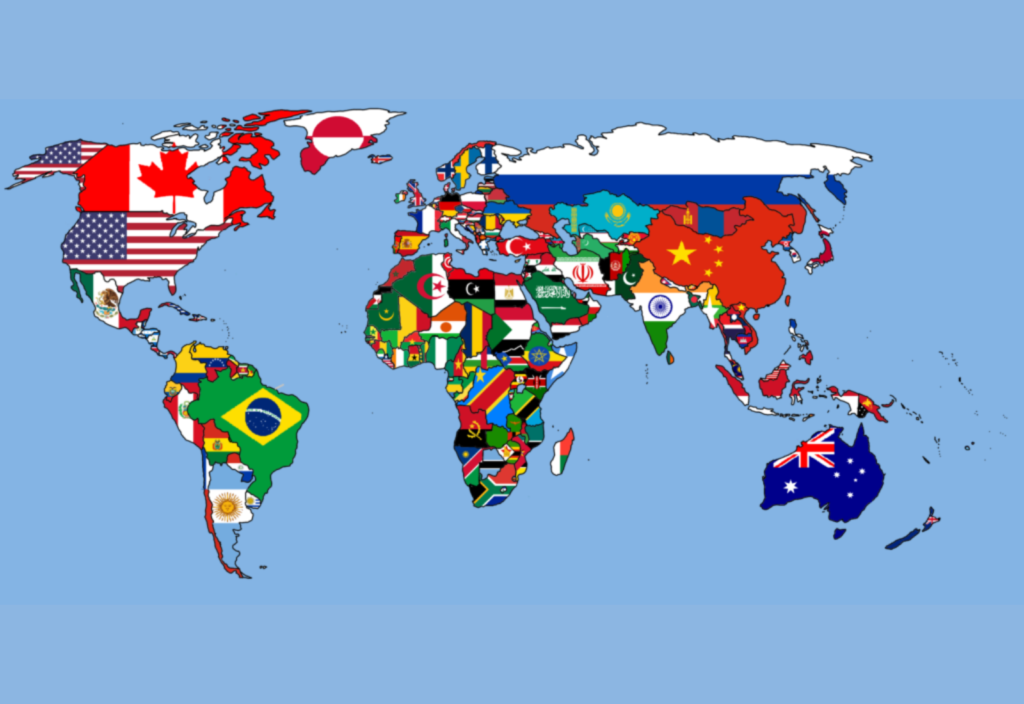One common mistake U.S. companies make is failing to understand that patents and trademarks are territorial.* That is, these forms of intellectual property provide protection only in the country in which they were registered. If a U.S. company has not registered its patents and trademarks in China, a Chinese company is free to make use of that intellectual property in manufacturing or selling the product in China. The U.S. owner of the intellectual property will call these products “knock-offs” or infringements, but the manufacture and sale of those items in China and from China is perfectly legal. Though selling those products in the United States will be prohibited, selling them in a jurisdiction where there has been no IP registration is also perfectly legal. To put this a bit differently, if you register your patents and trademarks in just the United States, a Chinese company will be free to make your products in China and sell them in China and anywhere else around the world.
This leads to the following situation we often encounter in China. A U.S. manufacturer has its patented and trademarked product made in China under a contract manufacturing arrangement. The U.S. manufacturer does not register any trademarks or patents in China. The U.S. manufacturer also does not enter into a formal contract manufacturing agreement with the Chinese factory concerning ownership and use of the intellectual property in the manufactured items.
Say the product being manufactured in China is after market auto parts for U.S. automobiles. The Chinese manufacturer is aware that it is not possible to sell knock off parts in the United States. However, the Chinese factory also knows there is a huge market for after market auto parts for U.S. cars is huge outside the United States.
So the Chinese factory does the following in China:
- Registers the trademark and logo of the U.S. entity.
- Registers design patents on each of the parts.
- Registers the trademarks and design patents with Chinese customs.
Then the Chinese factory makes the parts using the exact molds and know-how transferred to the factory by the U.S. entity. The parts are virtually identical to the genuine parts being sold in the U.S. For this reason, the parts sell extremely well in non-U.S. markets. The Chinese factory then builds a major market selling these parts outside the U.S. Since no trademarks or patents are registered in these third-world markets, the sales do not violate any laws.
And because these parts are so good, they also just happen to find their way into the U.S. as well, sometimes using the trademarks, but more often under a different name.
Eventually, the U.S. company finds out about its Chinese factory’s “side door” sales program and instructs the Chinese factory to cease manufacturing “its” auto parts. The Chinese factory refuses, so the U.S. company threatens to move its manufacturing to a different factory in China. The Chinese factory then calmly tells the U.S. company: “You cannot switch your manufacturing to another factory in China because we own the trademarks and patents in China, making manufacturing in China by anyone other than us illegal. If you attempt to export YOUR products made my anyone other than us, we will have China customs block those exports from leaving China because they violate OUR China trademark and patent registrations. If you want to manufacture at all in China, you must continue to use us for that manufacturing.”
U.S. companies and their domestic legal counsel tend to think the only law in the world that counts is U.S. law and the only market in the world that counts is the U.S. market. That kind of narrow thinking leads to disasters like the one I just described above, which our international IP lawyers see constantly.
* This post is focused on U.S. companies not because we believe U.S. companies are the only companies in the world, but because the above sorts of problems are more prevalent among U.S. companies that come to us, as opposed to European or Australian or even Canadian companies. And, perhaps more importantly, these problems are far more prevalent among U.S. lawyers than among lawyers from any other country of which we are aware.

























